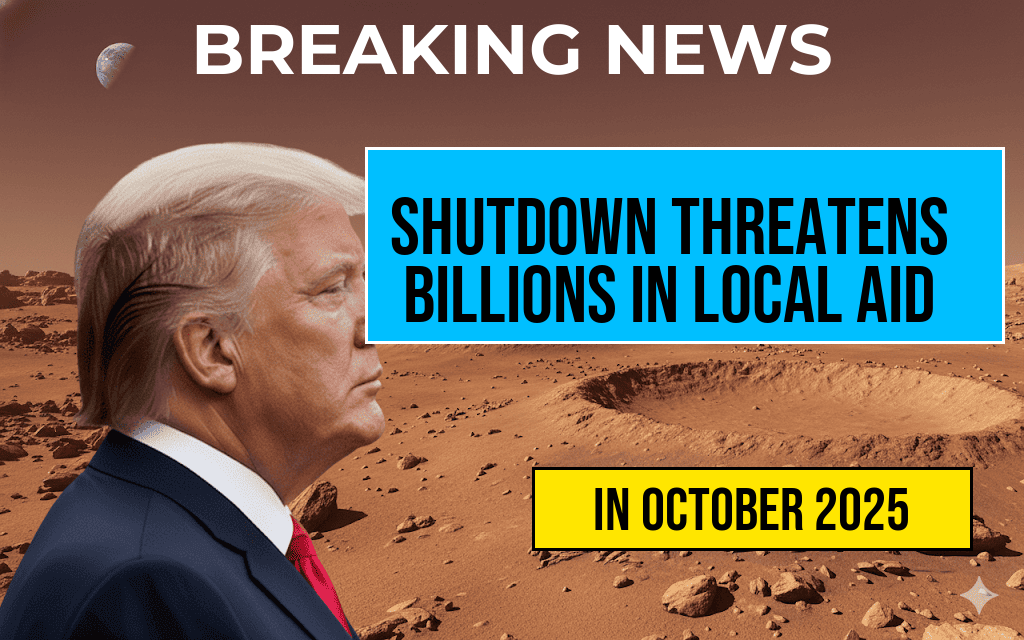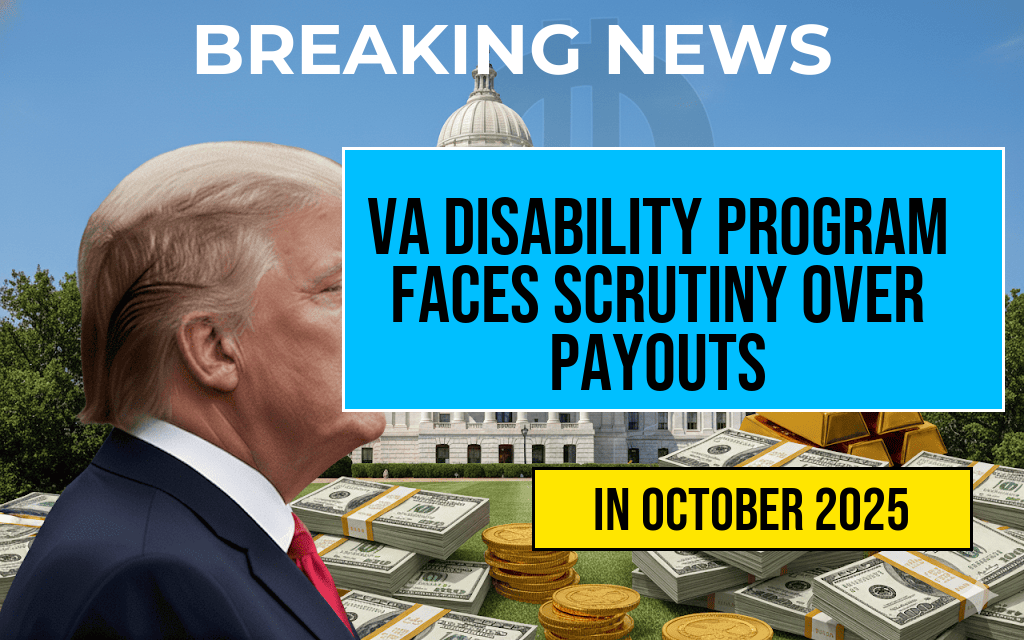As Congress grapples with looming budget negotiations, local governments across the United States are bracing for what could be devastating cuts to federal funding. The potential for significant reductions in aid, described by some experts as “irreversible,” threatens to eliminate billions in critical support for community services, infrastructure projects, and public safety initiatives. As lawmakers face a September deadline to avert a government shutdown, the stakes are higher than ever for municipalities that rely heavily on federal grants and programs. Local leaders are urging Congress to prioritize funding for essential services, warning that failure to reach a consensus could lead to lasting damage to their communities.
Understanding the Impacts of Federal Aid Cuts
The proposed cuts stem from a contentious political environment where budgetary constraints clash with the increasing demands for public services. Local governments often depend on federal assistance to maintain essential services such as education, healthcare, transportation, and public safety. The potential loss of funding could force many municipalities to make tough decisions, including:
- Reducing staff levels in essential services like police and fire departments.
- Cutting funding for public education and social programs.
- Halting infrastructure projects that are vital for community development.
The Financial Toll on Communities
Recent studies have highlighted the financial implications of diminished federal support. According to the Forbes, local governments could face shortfalls exceeding $20 billion if cuts are implemented as proposed. This loss would disproportionately affect lower-income areas that are already struggling with limited resources.
In a recent survey conducted by the National League of Cities, over 60% of city officials reported that federal funding is critical to their operational budgets. Many expressed concerns that any cuts would lead to a ripple effect, undermining economic stability and public welfare.
Key Areas at Risk
Several key areas are particularly vulnerable to funding reductions, including:
- Transportation: Federal funding for transportation projects has been a cornerstone of urban planning. Cuts could delay critical projects and increase traffic congestion.
- Public Safety: Law enforcement and emergency services may face staffing shortages, leading to increased response times and decreased community safety.
- Education: Schools that depend on federal funding for programs like free lunch and after-school activities could be forced to scale back services.
Voices from Local Leaders
Local officials across the country are voicing their concerns about the potential fallout from these cuts. Mayor Jane Smith of Springfield noted, “Our community relies heavily on federal funding to maintain vital programs. If these cuts go through, it will take years to recover.”
Similarly, in a statement released by the National Association of Counties, President John Doe emphasized the importance of federal aid, saying, “These funds are not just numbers on a page; they represent real services that support our families and neighborhoods.”
What’s Next for Congress?
As the September deadline approaches, Congress faces mounting pressure to reach an agreement. Lawmakers from both parties are aware of the potential consequences of a shutdown, yet ideological divides complicate the negotiation process. Some legislators advocate for maintaining funding levels, while others push for deeper cuts as part of broader fiscal reforms.
The future of local aid hinges on these negotiations, highlighting the urgent need for bipartisan cooperation. The stakes are too high for communities that depend on these funds for their survival and growth.
Community Action and Advocacy
In response to the impending funding crisis, community organizations are mobilizing to advocate for local interests. Grassroots campaigns aim to raise awareness about the importance of federal funding and encourage citizens to voice their concerns to elected officials. Local leaders are also forming coalitions to strengthen their advocacy efforts.
As the discussion continues, the impact of potential cuts remains a pressing issue for local governments. The outcomes of these negotiations will not only shape the immediate future of communities but also set the course for sustainable development and public welfare in the years to come.
Conclusion
With billions in local aid potentially on the chopping block, the upcoming budget negotiations in Congress will be critical for thousands of municipalities across the nation. Whether through advocacy, community engagement, or direct negotiations, the voices of local leaders and residents will be essential in shaping the outcome of these vital discussions.
Frequently Asked Questions
What are the potential impacts of the proposed cuts to local aid?
The proposed cuts could lead to irreversible reductions in funding for critical local services, affecting education, public safety, and infrastructure. This could result in significant budget shortfalls for municipalities.
Which areas are most likely to be affected by the aid cuts?
The education sector, public health programs, and local infrastructure projects are among the most vulnerable areas. Communities that rely heavily on state funding may face the most severe consequences.
How might local governments respond to the potential cuts?
Local governments may consider tax increases, layoffs, or cuts to essential services to cope with the funding loss. Some may also seek alternative funding sources or initiate community fundraising efforts.
What measures are being suggested to prevent these cuts?
Advocates are calling for legislative action to secure funding guarantees and alternative revenue streams. Increased collaboration between state and local governments is also recommended to address the funding crisis.
What are the long-term implications of these funding cuts?
Long-term implications include potential declines in community well-being and public service quality. Over time, these cuts could exacerbate economic disparities and hinder local development initiatives.








